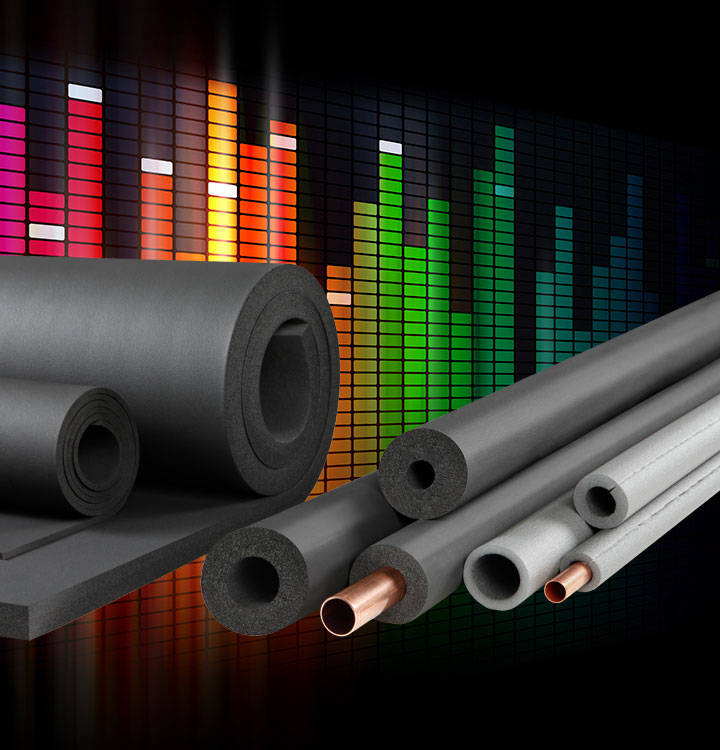Tune the volume down.
In addition to their thermal insulating function, FEF and PEF also provide acoustic benefits - e.g. for pipe systems. The result: better living comfort or increased occupational safety.
Noise Control
Noise associated with pipes and ducts can be not only disturbing but also harmful to the health of building occupants. In some countries taking active measures to reduce the levels of nuisance noise is a legal requirement. FEF and PEF insulation materials perform a range of acoustic functions and can help to reduce noise levels within buildings.

Control the noise
Mechanical systems, including air-conditioning, cool and ventilation systems can create an ongoing noise disturbance both inside and outside a building. Commercial businesses are particularly dependent on such systems. FEF and PEF insulation materials can be used to help reduce both the transmission and emission of this nuisance noise.
 EN
EN  IT
IT  FR
FR  DE
DE 
